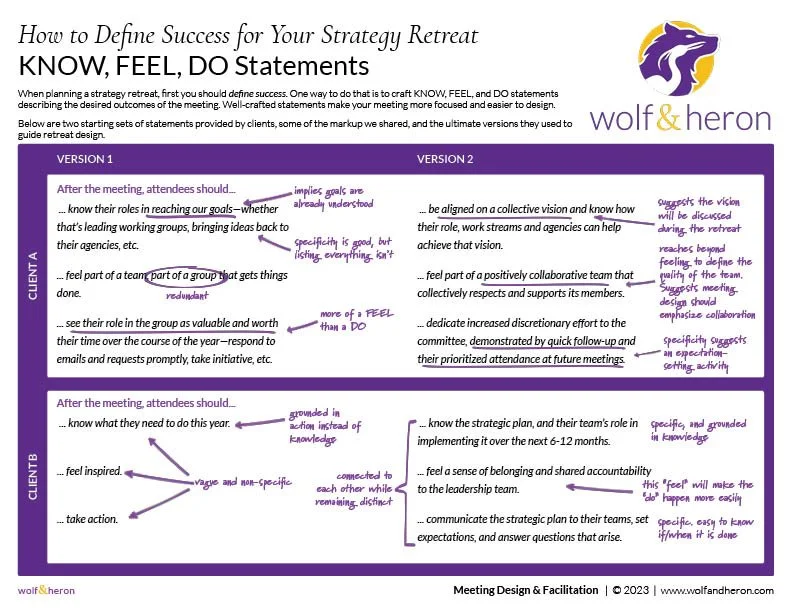REFERENCE
Breakouts are where your attendees explore, discuss, and internalize the message you most want them to remember. They’re where concepts are made real and tangible. But too often, they turn into just another slide-driven presentation.
We’ve designed breakouts for sales kickoffs, leadership off-sites, and enterprise-wide strategy rollouts—and we’ve seen what works (and what doesn’t). This guide shares the exact principles we use to make sessions that are engaging, purpose-driven, and actually move people.
Read More
















